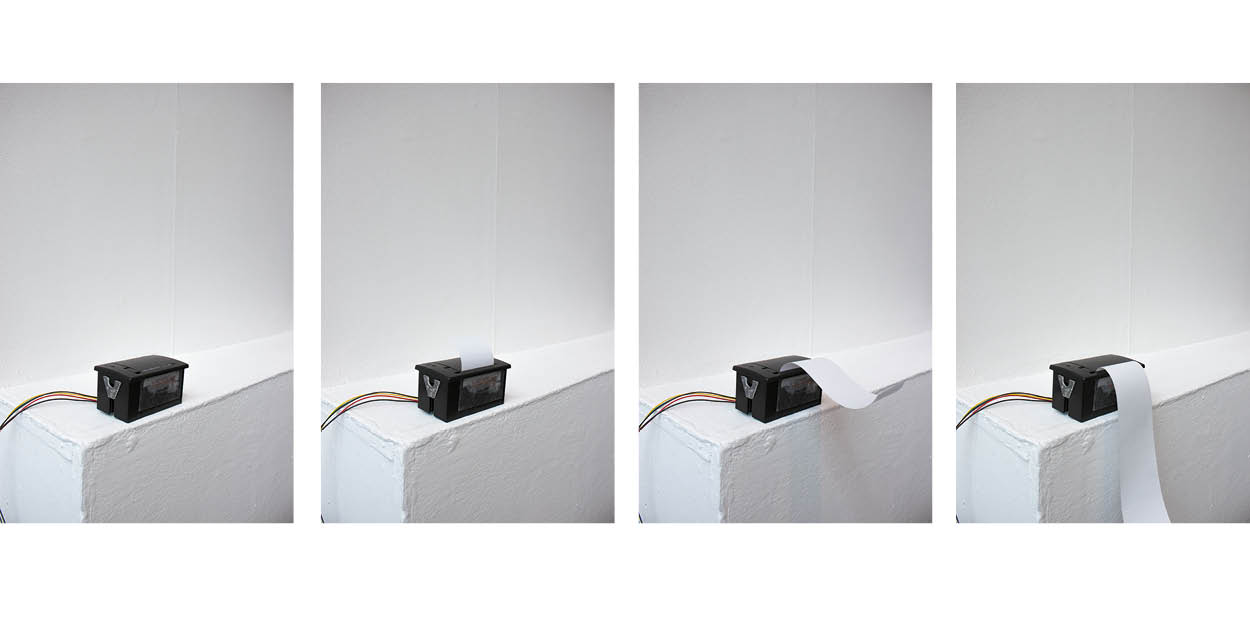Vita W - M
The ‘Act’ of Looking
Tryptich
A series of 3 outcomes produced as part of my FMP.
Looking is such an innate act that sometimes we don’t even realise doing it. I was fascinated by the looking habits of the public - what compels us to stop and stare at something, and why do we so frequently glaze over and take in so little of our surroundings? I wanted to try and challenge the way we all collectively use our eyes, and see if I could start a process leading people to reconsider their surroundings.
i. a Film
The first outcome in this series about ‘looking’ is an investigative film.
Captured at a busy London station, at rush hour, the film plunges the viewer into the frantic scene- and as figures walk across the frame what they look at also follows them above their head. As the words appear (allongside the people) we start to wander whether we too look, but don’t often comprehend where we are or what exactly we are looking at in our hyper modern lives. Our eyes are often in a state of flux, adapting and changing, only concentrating on things for very fleeting moments.
ii. an Interactive Thermal Printer
The second outcome is an installation using a reactionary thermal printer. The printer is acting as a kind of clock, measuring how long people look for. It prints every time someone stands and looks at the subject for a prolonged period of time.The installation is intended to incite a dialogue between subject and audience, giving voice to something which previously has stood silent.The installation’s intentions are to make the onlooker aware of their sensory actions as they choose whether to stop and look at something or just simply walk past. The act of printing becomes a kind of reward scheme, where our actions are responded to by the gentle murmur of the device as it produces a small strip of paper with an inscription on (time, date etc). The thermal printer was run by Arduino, and was set off by sensors.
iii. a Conversational Intervention
The third outcome in the series was a live reactionary artwork which changes with the duration of the piece. The intervention is made up of 3 main components: 1. A large board, which forms the canvas of the evolving artwork (it is covered in hand painted text laying out the aims of the artwork during its presence on that site). 2. A camera standing on a tripod, facing away from the board taking photographs at regular intervals of the surrounding site. 3. A live printer which is connected to the camera, producing prints ready to be applied to the board. These photographs are then applied haphazardly to the board using paste, creating a busy composition of photographs overlaying text. The work was shaped by a play between analogue and digital, with a collaboration between me and the technology. The aim of the intervention was to ignite a conversation between person and place; I want pedestrians to reconsider the way they look in public. We all so often journey through places forgetting to stop and look where we are. By reproducing images in real time of the site where the installation takes place, and pasting them up, passers by will see where they are from a different perspective.




